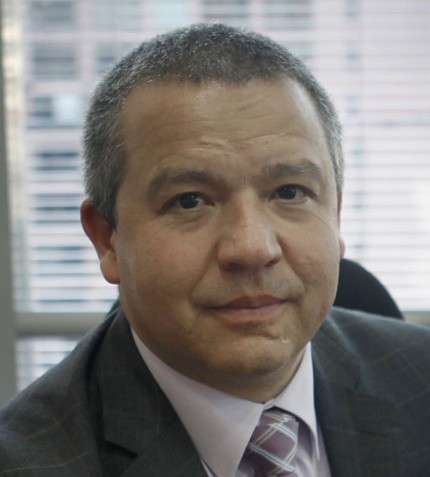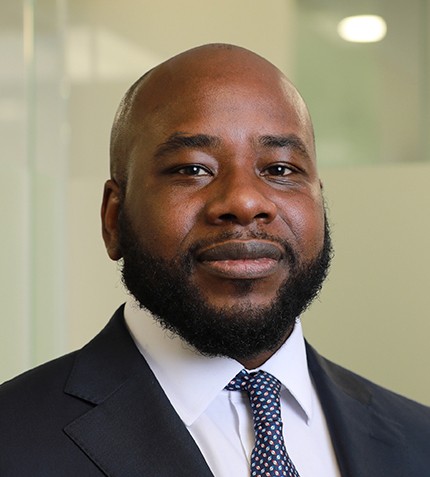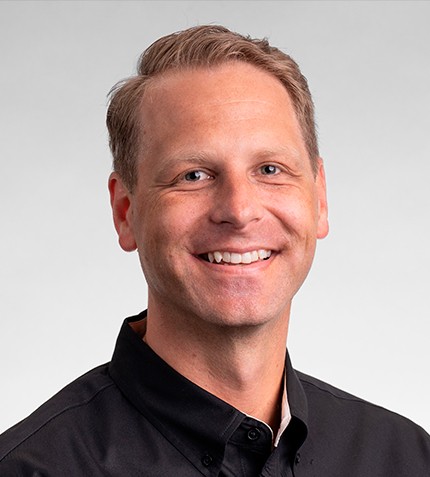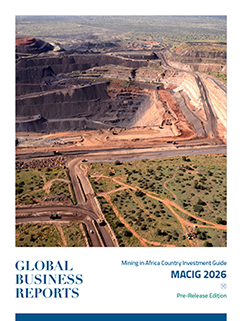
"We have expanded our services and are now offering more mining material handling and process engineering solutions."
Randy Huffsmith
VICE PRESIDENT, WSP
Could you provide an overview of WSP’s main services in the US mining industry?
WSP has an extraordinarily strong environmental and geotechnical engineering practice. Over the last few years, we have grown significantly in the US both in terms of number of staff and revenue. WSP has focused on developing what we call our “design center concept.” This combines our expertise in electrical, mechanical, structural, instrument, and controls engineering. This team is focused on designing and building mine infrastructure and helping plan for decarbonization for mining companies. It is a remarkably diverse and strong group with a large office in Phoenix and numerous other offices across the West that support our mining practice.
What are the advantages of WSP’s design center concept?
WSP’s design center concept has allowed us to take on a variety of work such as mine solution pumping systems. These solutions are used to get copper out of ore and are treated through a process called SX/EW. This has allowed us to integrate our historically strong heap leach and geotechnical design groups into more of a one-stop shop model. We have expanded our services and are now offering more mining material handling and process engineering solutions. There is an increased need to upgrade, maintain, replace, or expand mine infrastructure.
Which environmental services have been driving growth for WSP in Arizona?
Water is a major focus in the arid West where mining companies are seeking to become more sustainable. Our team of hydrogeologists, geologists, water treatment engineers and scientists provide resilient solutions that specifically focus on water, including water treatment, water use reduction, and modern technologies such as dry stack tailings.
What key projects has WSP done in Arizona around data analytics?
Noise control is an exciting area where we have been able to use data analytics. Prior to data analytics, noise recordings must to be listened to by a noise technician, classified, and catalogued. WSP uses data analytics to separate noises with software and identify what sounds are caused by mining or other factors. This is now accurately reported to the mine operators and regulators. We also use tilt meters to monitor slope stability for pits, tailings and waste rock dumps.
One of our clients in Arizona had a significant safety concern surrounding ore sample analysis at their laboratory. Most laboratories need to use strong acids for their processes. This client needed an innovative safety solution and partnered with a team including WSP to develop an automated ore assay process. Samples now enter the laboratory and are analysed without humans being exposed to acid.
How can WSP help companies navigate the regulatory environment?
WSP has a robust and diverse group of scientists that are able to evaluate and recommend mitigation for environmental issues that arise in new and brownfield mine design and permitting. We have biologists, ecologists, plant scientists, as well as geotechnical, water and environmental engineering managers that are experts in permitting.
There is a lot of environmental scrutiny on newly proposed mines, but a lot of changes have happened over the last 100 years in mining, and it is not appropriate to compare new mines to legacy mines that have caused environmental problems. Mining has become one of the most regulated industries and we have made tremendous strides in protecting the environment.
What trends are you seeing in demand for WSP’s services?
There’s a growing interest in project management and cost control. Being on schedule and on budget is important to our clients. The more components of a project WSP executes, the more we can help manage the overall cost of the project. WSP has significant expertise in modelling the mining process to look for opportunities to decarbonize by increasing the efficiency of material handling. Electrification of fleet vehicles is another area we support and see growth. WSP is involved in designing and building charging stations, co-gen facilities and solar projects. Mines require a lot of power and at the same time are looking for ways to reduce their carbon footprint; these new technologies help address that need. In addition, when mines close, mining companies can potentially use the infrastructure and property to produce wind or solar energy and send power to the grid.










